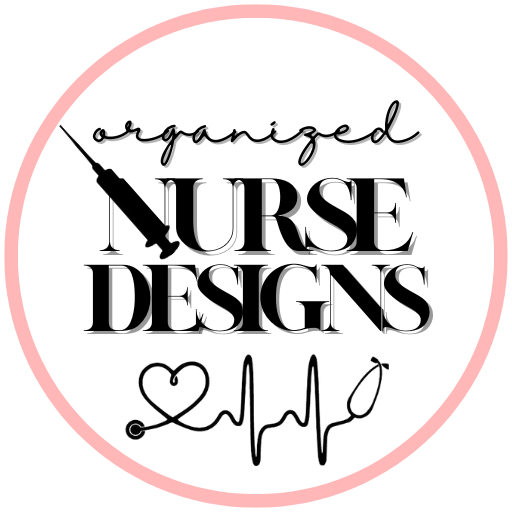Anticholinergic Drugs vs. Cholinergic Drugs
How Does the Nervous System Work?
To fully understand how anticholinergic and cholinergic drugs work, we must know how the nervous system works.
The nervous system is divided into two branches that work together to control and regulate the body's involuntary functions:
- Sympathetic nervous system: Responsible for the "fight or flight" response. It prepares the body for physical activity by increasing heart rate, breathing rate, and blood pressure. The sympathetic nervous system also activates the release of adrenaline and noradrenaline, which increase energy levels and improve response time.
- Parasympathetic nervous system: Responsible for the "rest and digest" response. It functions to conserve energy and slow down bodily functions. It decreases heart rate, lowers blood pressure, and increases digestion, allowing the body to rest and recover.
Both the sympathetic and parasympathetic nervous systems work together to maintain homeostasis or balance within the body. They regulate and coordinate various physiological responses to ensure that the body functions optimally.
Here is a table to simplify the sympathetic nervous system vs. parasympathetic nervous system:
| Sympathetic | Parasympathetic |
|
|
Now that we've reviewed the basics of the nervous system, understanding anticholinergic and cholinergic medications would be much more manageable. The neurotransmitter acetylcholine is the primary neurotransmitter in the parasympathetic nervous system facilitating muscle cell stimulation and gland secretion. Anticholinergic medications and cholinergic medications are two types of drugs that have effects on the neurotransmitter acetylcholine in the body.
What is Acetylcholine?
Acetylcholine is a neurotransmitter that plays a key role in the central and peripheral nervous systems. It is involved in a wide range of bodily functions including:
- Muscle movement: Acetylcholine helps to control muscle contractions in the body.
- Memory and learning: Acetylcholine is involved in the formation and retrieval of memories.
- Attention and arousal: Acetylcholine helps to regulate wakefulness and attention.
- Cardiovascular function: Acetylcholine helps to regulate heart rate and blood pressure.
- Digestion: Acetylcholine helps to regulate gastrointestinal functions.
- Sweat production: Acetylcholine is involved in the regulation of sweat production.
- Pain perception: Acetylcholine is involved in the perception of pain.
- Respiratory function: Acetylcholine helps to regulate breathing.
Anticholinergic Drugs
- Blocks action of acetylcholine of the parasympathetic nervous system
- Interacts with muscarinic cholinergic receptors of the secretory glands, brain and heart
- Anticholinergic Toxicity: Physostigmine
Anticholinergic medications block the action of acetylcholine in the body by binding to its receptors. Think “ANTI = STOP” … ANTIcholinergics STOPS acetylcholine from doing its job.” This can result in relaxation of smooth muscles, decreased glandular secretions, and reduced activity in the central nervous system. Anticholinergics are used to treat a variety of conditions, including respiratory allergies, asthma, and chronic obstructive pulmonary disease. They can also be used to treat gastrointestinal disorders, urinary incontinence, and overactive bladder.
Adverse Effects of Anticholinergic Drugs:
- CNS stimulation
- Tachycardia
- Constipation
- Dry mouth
- Urinary retention
- Hot & dry skin
- Blurred vision
- Dilation of the pupil
Cholinergic Drugs
- Acts as the substitute for acetylcholine aka supplies acetylcholine
- Ensures that the parasympathetic nervous system works properly
- Blocks acetylcholinesterase (enzyme that breaks up acetylcholine)
- Stimulates the parasympathetic nervous system
- Antidote: Atropine (anticholinergic)
- Two types of cholinergic drugs: (1) Direct-Acting (2) Indirect-Acting
Cholinergic drugs are used to treat a variety of conditions, including Alzheimer's disease, Parkinson's disease, and myasthenia gravis. They can also be used to stimulate gastrointestinal motility and improve urinary retention.
Tip: Use the acronym SLUDGE-M to remember the adverse effects of cholinergic drugs:
- Secretions (in excess) especially salivation
- Lacrimation
- Urination
- Defecation
- Gastric Cramping
- Emesis
- Miosis and Blurred Vision
If you noticed, it’s just its exact opposite – the sympathetic effect.
The 3 S...
To help you remember anticholinergic and cholinergic drugs: Remember SEE, SPIT, SHIT (Excretion).
Cholinergic drugs = " can SEE, can SPIT, and can SHIT (plus urinate)" Anticholinergic drugs = "can’t SEE, can't SPIT and can't SHIT"
In summary, anticholinergic medications block the effects of acetylcholine, while cholinergic medications stimulate its effects.
